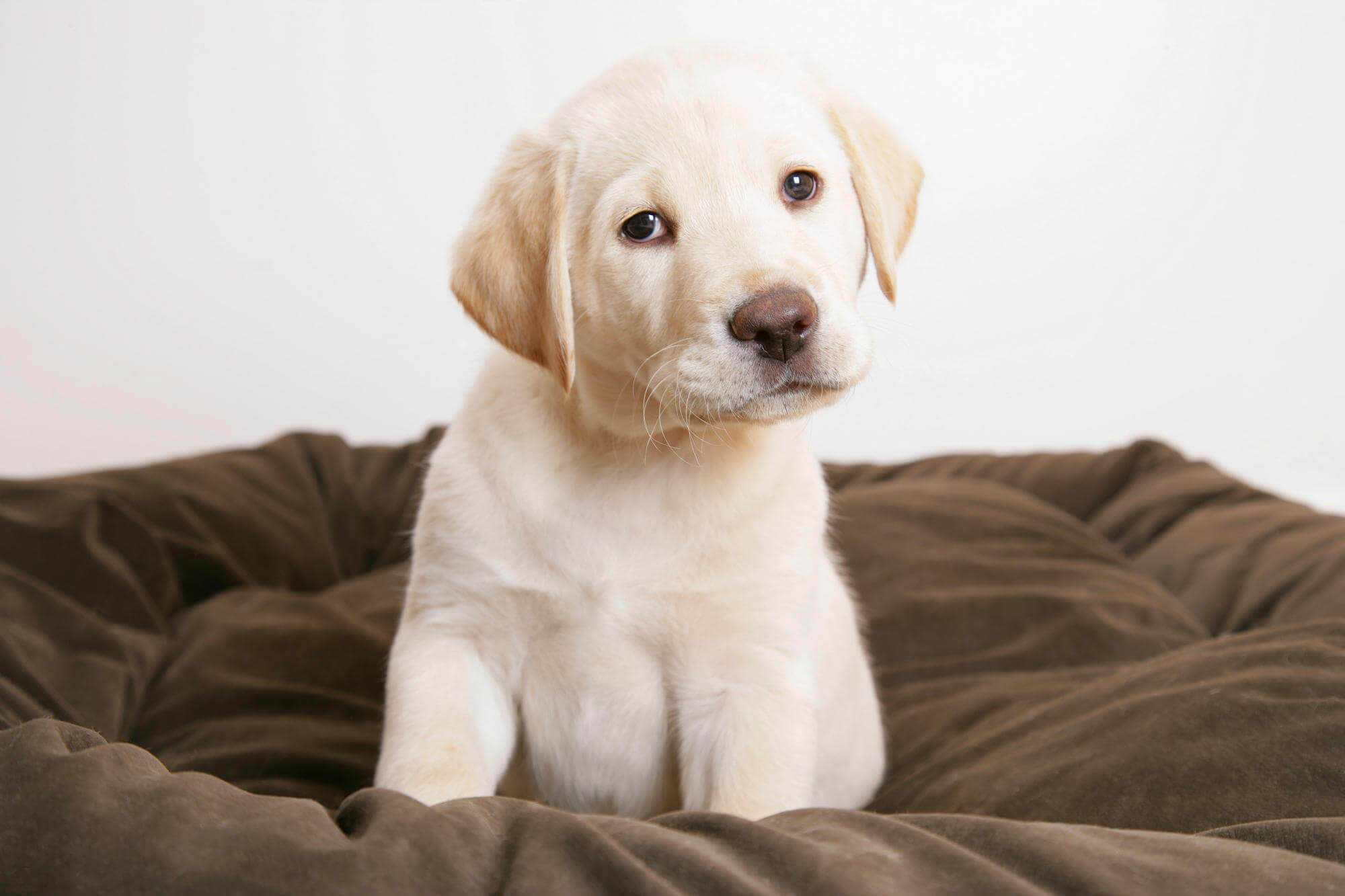
Dog separation anxiety remedies and tips … The attachment period for a dog is an evolutionary process that lasts for about five months and aims to create an autonomous dog (i.e. you do not have to worry about the dog being alone in the house ), learn about the world surrounding him (competency) and the ways in which to build social and emotional relationships (the relationship structure). We discover how to prevent problems stemming from separation anxiety in dogs…
Separation anxiety in dogs | Attachment and separation phases
The attachment phase of the dog lasts about five months and then the start of separation phase begins, which transforms the relationship with those who take parental care by a social. In other words, the bond with their littermates, for example, is transformed from parental to social. Similarly, if the dog’s point of reference is the human who adopted him, the dog usually associate the bond with the owner as a parent child relationship, which is then transformed into a social relationship.
The gap between the attachment and separation phases is a major event, because it is the basis of the security of an adult dog. If you skip this step the dog will suffer from separation anxiety and fears. When you adopt a puppy at two months, the latter has not yet gained the detachment phase, so expecting to let him sleep alone could have adverse effects, such as not being able top stay at home alone as an adult and crying all the time when left alone. The underlying reason lies in the fact that the dog might not be able to deal with the situation. If in this situation you rebuke the puppy, it will only worsen his separation anxiety and fear of detachment rather than encourage it naturally.

Separation anxiety in dogs treatment
To facilitate the process of detachment it is necessary for the puppy to sleep next to you for the first few days when you bring him home. Preferably in his bed, but in your room (together, with some healthy distance.) In the first weeks after the adoption it is important to accustom the dog to the crate, giving him a bone to chew, while staying in the same room as the dog and going about your business. This will remind your dog that you are there for him and reassure him that you are nearby.
The first month post-adoption you have to spend a lot of time with your puppy, without going overboard. With each passing day it will be possible to increase the distance between you and your puppy, encouraging confidence in the house as well as autonomy, so that your dog grow from being a puppy into a secure and balanced dog. If your dog will be alone in the house, you do not want to have to stay at home with him or have a dog who is afraid of everything . If this happens, in most cases the first months of his life were marked by injuries that prevented him to calmly walk the path from attachment to detachment.
These traumas, not necessarily from ill treatment, may result from premature detachment of the puppy from his mother and a puppy who later ended up in the hands of humans who ignored this important evolutionary process. To help the dog with separation anxiety there are several natural tranquilizers for dogs on the market, for example, bach flowers can be a perfect solution!




















